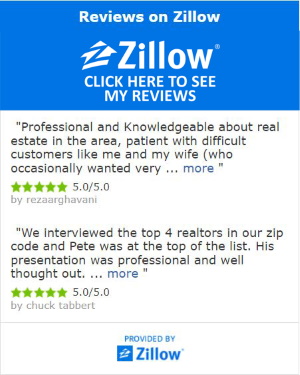Winterize your irrigation system
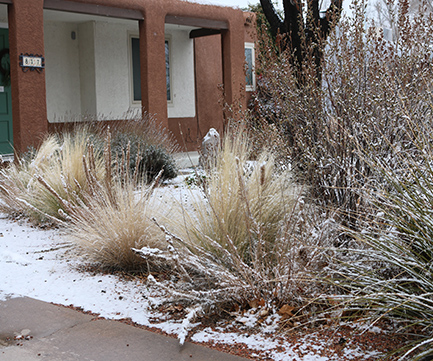
To avoid damage to your irrigation system from freezing temperatures, it is important to “winterize” it by protecting exposed outdoor fixtures. If your hose bib is left exposed or standing water is left in pipes, valves or sprinkler heads during freezing temperatures, that water may expand and damage your system fixtures. That could result in costly but avoidable repairs. Each irrigation system may be different, but the general idea is the same: protect your irrigation system now to save time and expense later. Here are a few tips you should take to prepare your irrigation system for winter.
1. Disconnect the water supply to your irrigation system
a. If you manually water using a hose or if the irrigation system is attached to an outdoor spigot, you should disconnect it and cover your hose bib using a faucet cover. A faucet cover is easy to install and is usually made from durable hard plastic. It protects your outdoor faucet from freezing temperatures. This in an easy, inexpensive fix that will provide you peace of mind when the temperatures drop.
Pro Tip #1
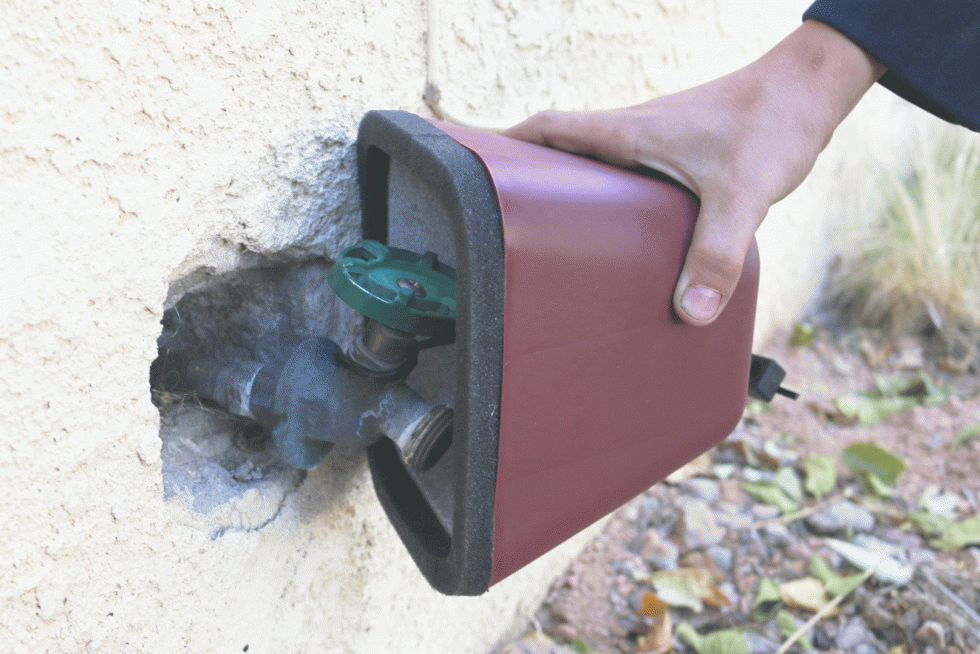
Faucet cover to protect hose bib from frost.
Disconnecting your hose and covering your hose bib is very important in winter. If you leave the hose connected, water can freeze in the hose all the way into the hose bib and the pipe that goes inside your home. If the house pipe breaks, you will have water flooding inside, and potential major water damage inside your home. It’s definitely worth the $10-$15 on these insulated covers to prevent potentially thousands of dollars in plumbing repairs and water damage to your home. Don’t assume that if the hose bib freezes it will drip and freeze only outside your home. Sometimes the damage is a whole lot worse.
b. If you have a below ground irrigation system, locate your shut-off valve (often hidden in a 3” PVC pipe; often with a white or yellow cap, as shown in the photo). Turn it to the right to shut it off. Be careful when turning so you don’t break the valve. Your shut off valve may look like this:
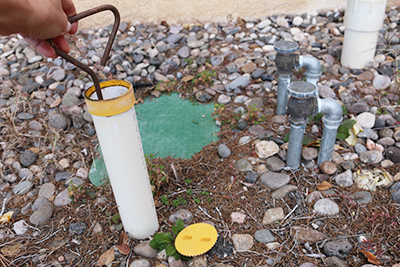
Irrigation shut-off valve.
Pro Tip #2
Sometimes the water shutoff for your sprinkler system is in the green box shown in the picture. If so, we recommend adding some heat tape and/or insulation in the box because it will be exposed to freezing temperatures. If you can insulate it and protect it you can avoid potential frozen pipes at the shut off and potential repairs in spring. Watch out for spiders, though, because the shutoff box is a warm wet place.
2. Turn off the irrigation system controller (if you have one)
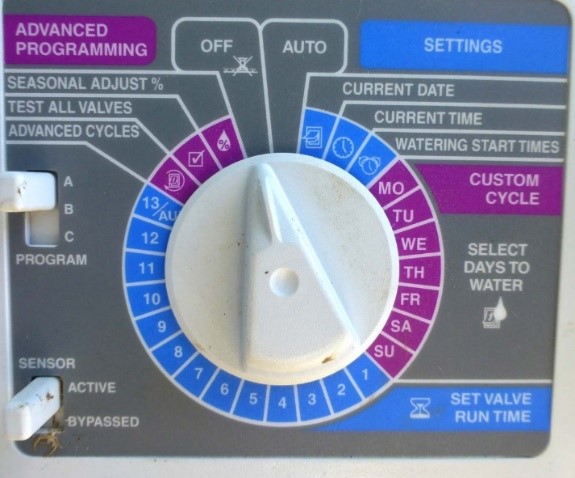
Irrigation controller set to off.
Pro Tip #3
If you forget to shut off your irrigation system during winter you can potentially have your automated sprinklers running in freezing temperatures. That can freeze and damage your sprinkler heads. Make sure you turn off all automatic cycles for your system. If you have a drip system for trees and other plants that need to be watered periodically throughout winter run the system manually when you are home, and only in above freezing temperatures. Don’t just assume that setting it to run during the day will be okay, either. There are days in winter when the temperature doesn’t get above freezing. It’s best to just turn it on when you’re home and then watch it. If your sprinkler heads do crack or break and you don’t notice, you will likely flood your yard in spring when you turn your system back to automatic settings.
3. Drain the water from all pipes, valves, and sprinkler heads.
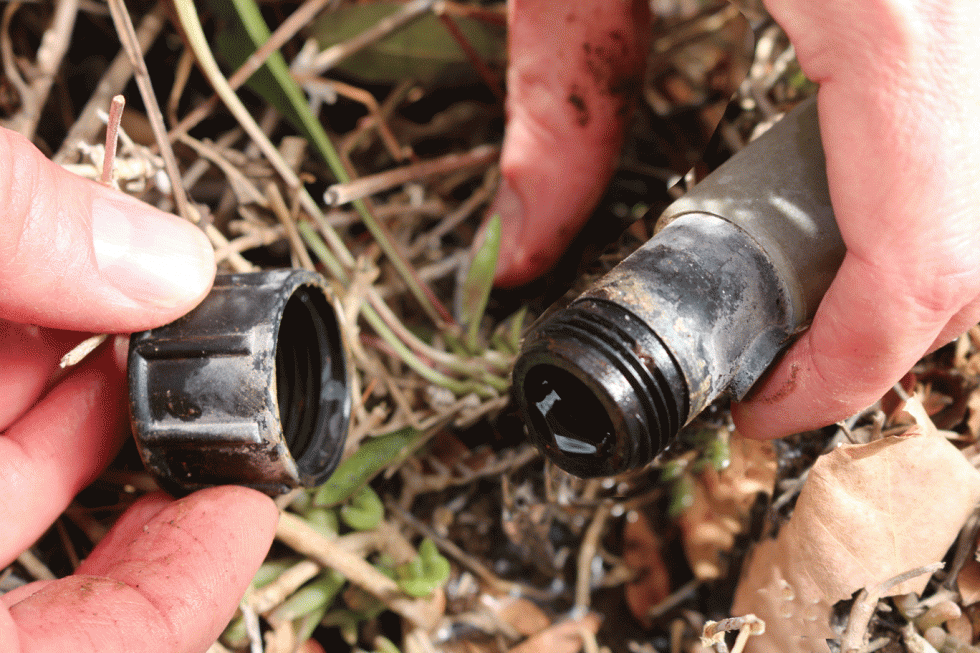
Drain cap at the end of a drip system.
There are several ways to drain your system.
- Manual drain valves and automatic drain valves can be blown out with compressed air. Local irrigation specialists can help.
- If you have an irrigation system with drip hoses, we recommend you locate the end cap (drain cap) of the drip hose and drain out the water.
Pro Tip #4
Sometimes irrigation systems don’t have drain valves. If you don’t have these, simply make sure you’ve turned off your sprinkler system prior to winter and freezing temps. Then you can have a professional inspect the system in spring before you turn it back on. A professional will inspect your system for leaks and make any repairs so you don’t flood your yard. So avoid the headache and have an inspection. If you consistently have problems year after year, drain valves can be installed to help clear the lines each winter.
Reminder: If you need to water in the winter season use your hose and remember to cover it when finished.








